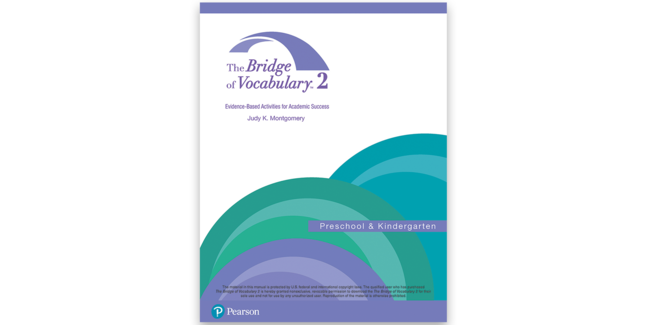The Bridge of Vocabulary 2: Evidence-based Activities for Academic Success is a completely digital, evidence-based set of vocabulary activities designed specifically for both general and special education professionals. Guidance on using this test in your telepractice.
The Bridge of Vocabulary 2: Evidence-based Activities for Academic Success
The Bridge of Vocabulary 2: Evidence-based Activities for Academic Success is a completely digital, evidence-based set of vocabulary activities designed specifically for both general and special education professionals. Guidance on using this test in your telepractice.Choose from our formats
Matériels de soutien
Manuels, livres de stimulation, articles de remplacement et autres matériaux
5 options
